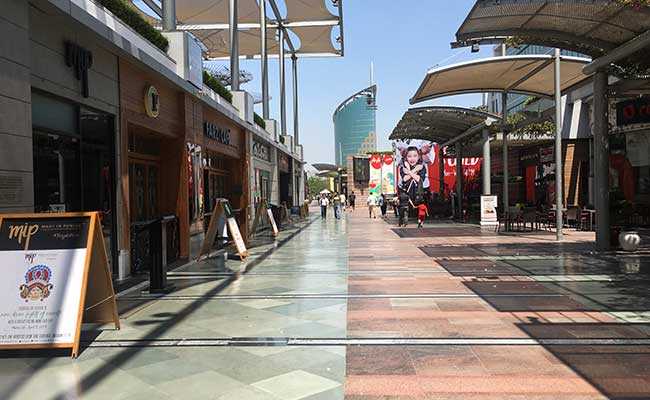Gurugram may turn into a “living hell” due to the explosive urbanisation stretching the city’s resources to the limit, said The Centre for Science and Environment. Necessary steps must be taken to make its growth model more sustainable. The observation presented by the centre is a part of a report on challenges that Gurgaon might face and possible solutions prepared by the Delhi-based CSE and the Municipal Corporation of Gurugram.
The report ‘Gurugram: A framework for sustainable development’, underscores that rapid urbanisation has led to a five-time increase in the population of Gurugram since 2001.
The report said, “This kind of unprecedented growth has made enormous demands on resources including water, energy, land, mobility and biodiversity, and is generating mountains of waste. If not addressed at the early stages of growth, this can turn Gurugram into a living hell.”
Read More: Poor quality of river water in UP says CAG
It further added that in the coming years the gap between demand and supply may increase to 57% from 34%. But due to unchecked use of groundwater, water table of the city is falling at a rate of one to three meters every year.
Much of the recommendations and action agenda of the document is based on the UN Sustainable Development Goals (SDGs). The level of air pollution in the city is also a matter of concern. This is majorly due to the rise in the number of vehicles especially the diesel ones which is one of the key factors.
Over the years there is a growing dependence on personal vehicles. Between 2008 and 2015, car registration increased by 352%, bus registration has declined by 300%, while para-transit has declined by 39%. The report says, “there are four times more cars per 1,000 people than in Delhi. A share of public transport, walk and cycles have dropped from 58% to 40%.”
It recommends that water efficiency and conservation measures can be adopted in order to reduce water demand at least by 25% from current levels. This will ensure equal access to clean water.
“Promote zero landfill development – minimise and reuse solid waste. Not more than 10% of waste should go to landfill sites. Promote mandatory decentralised segregation and collection in all residential colonies and institutions, with composting sites at colony and ward levels,” it says.

















